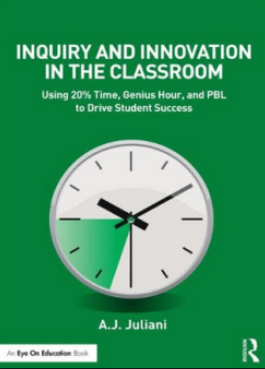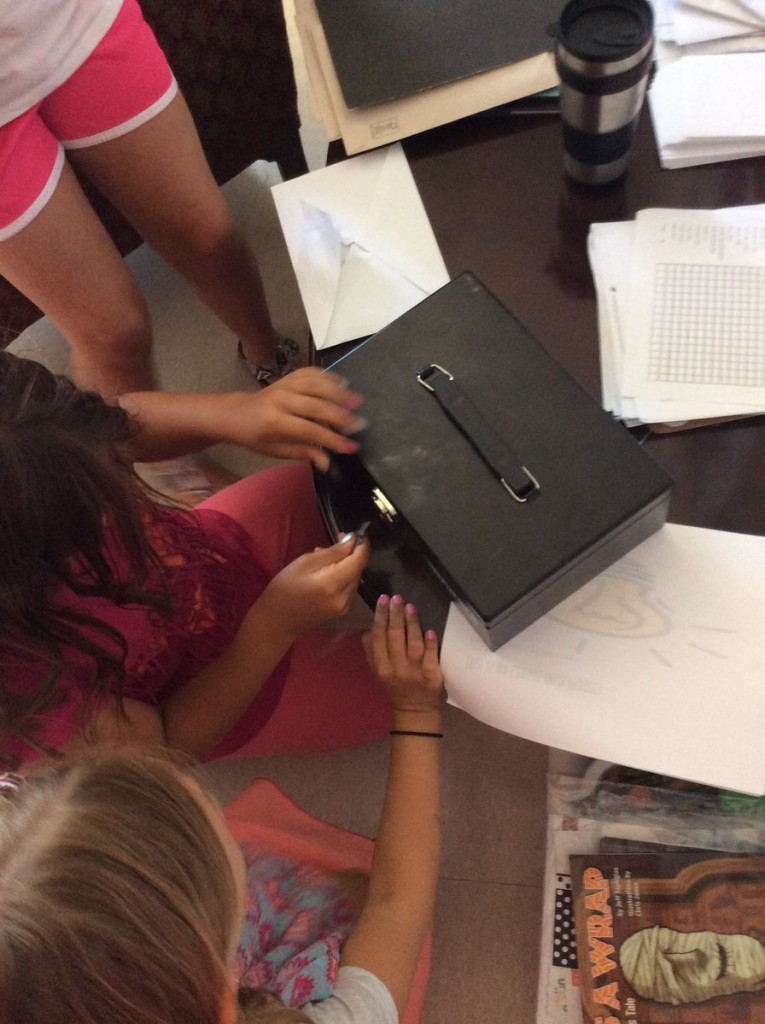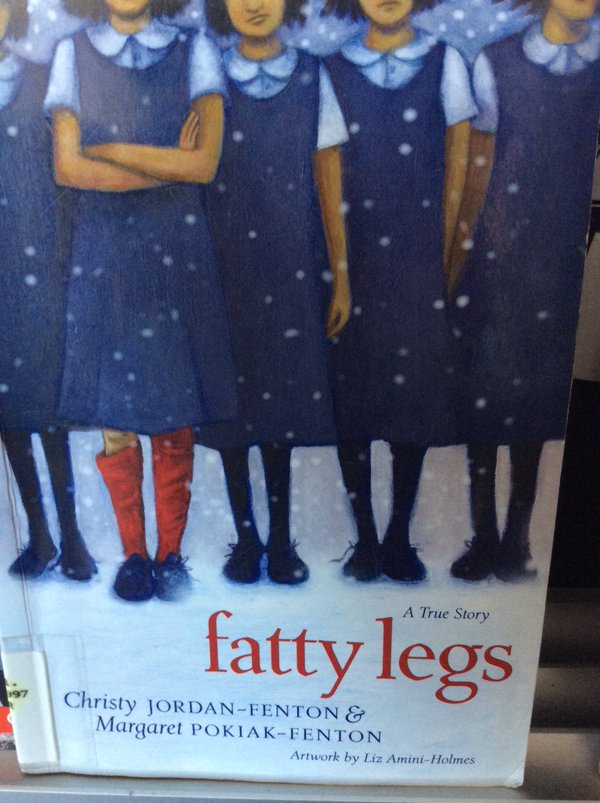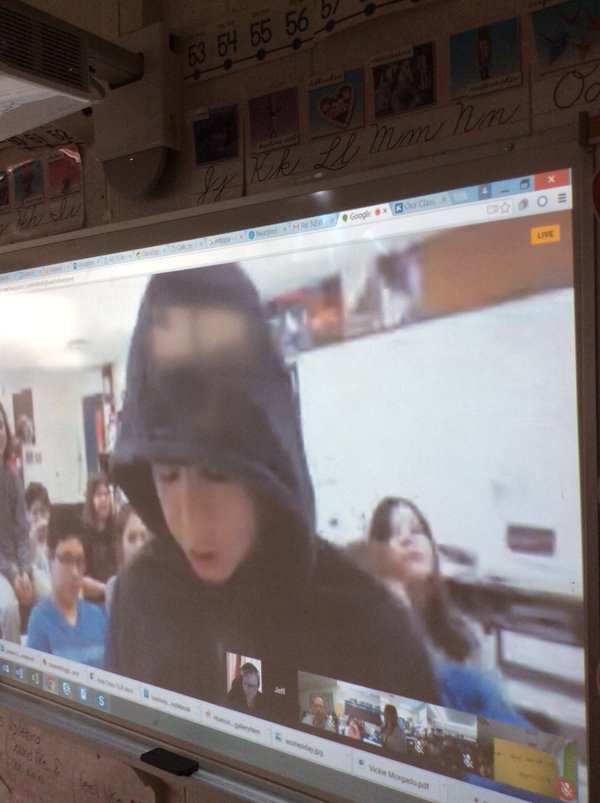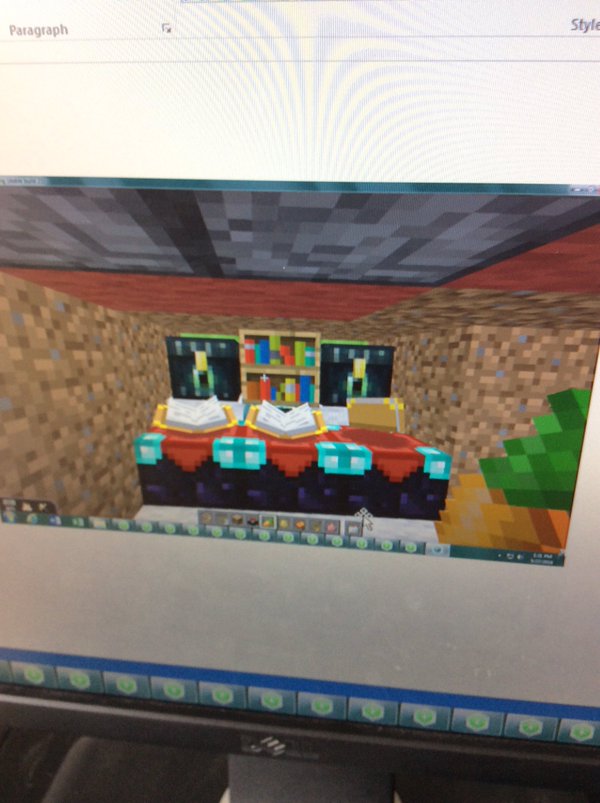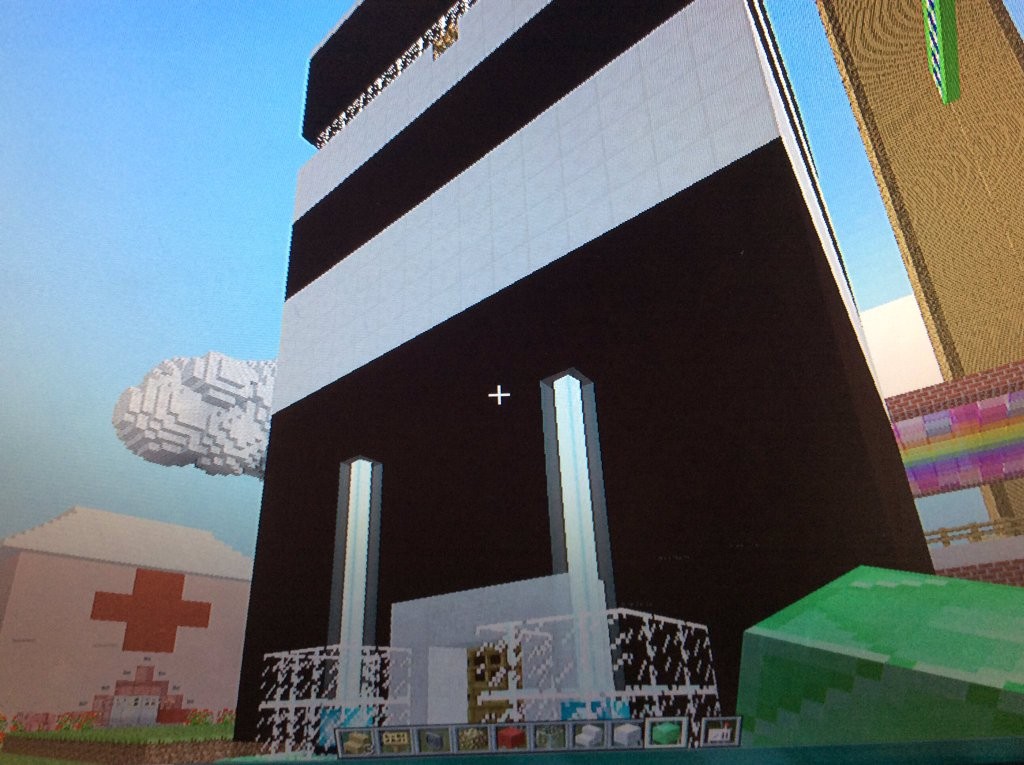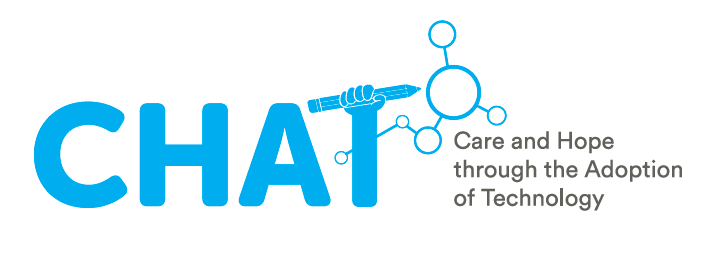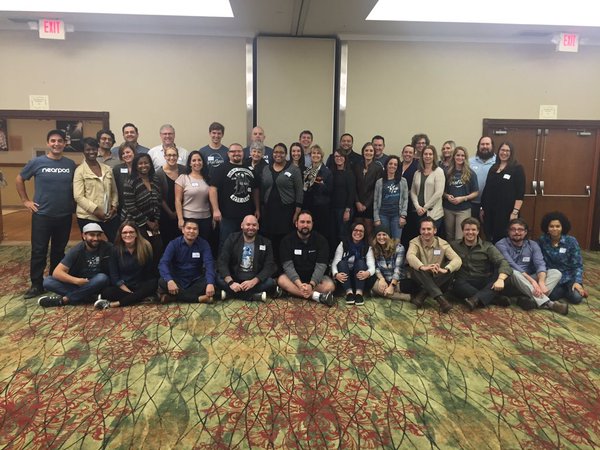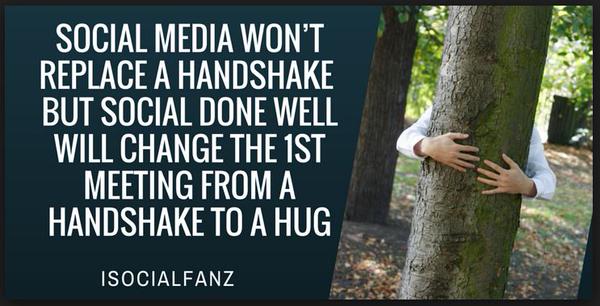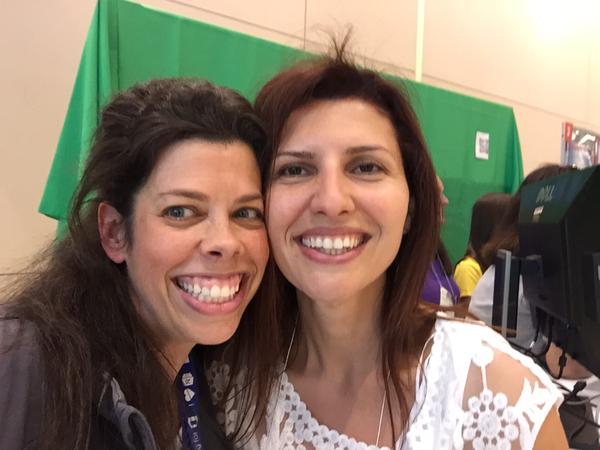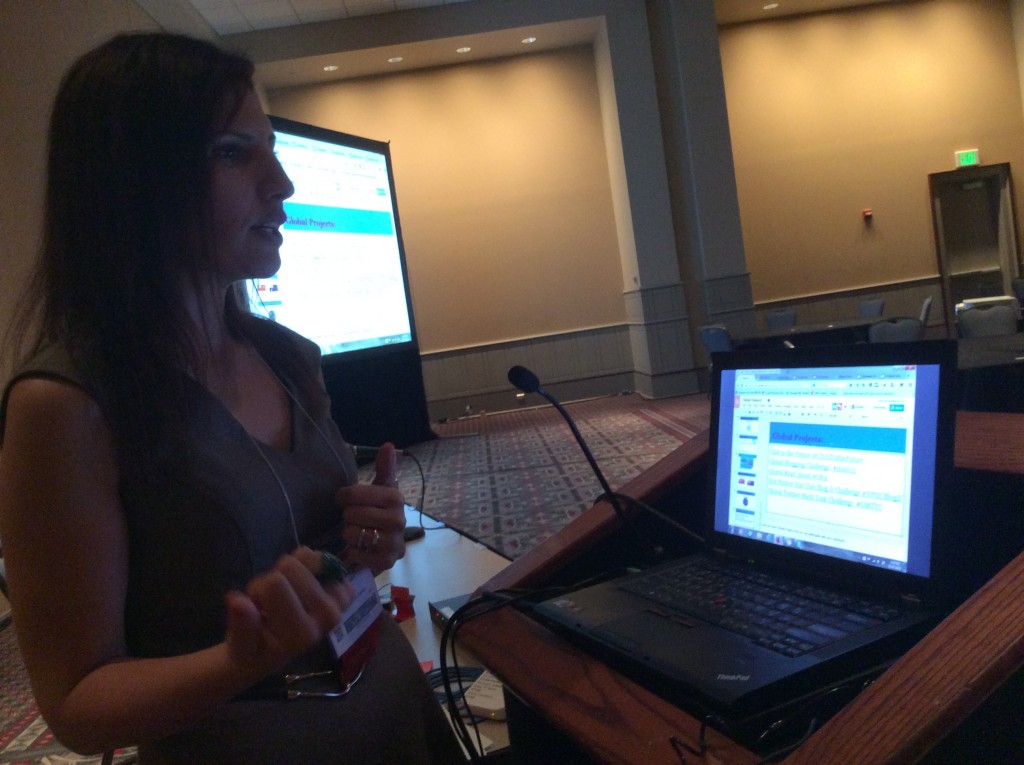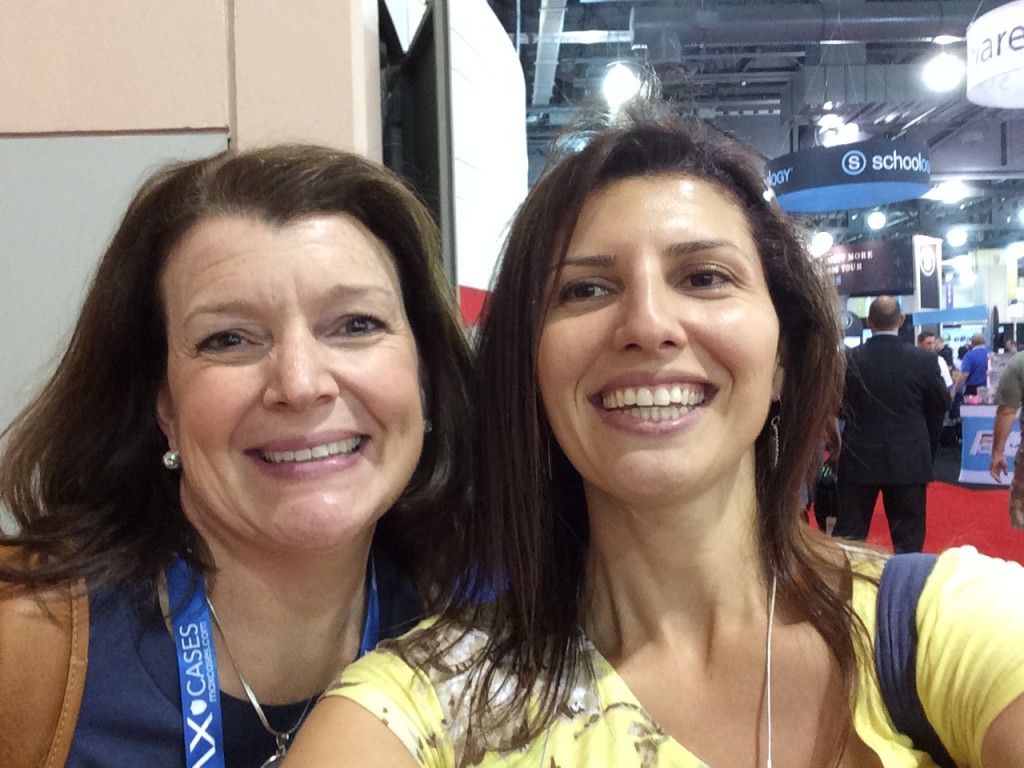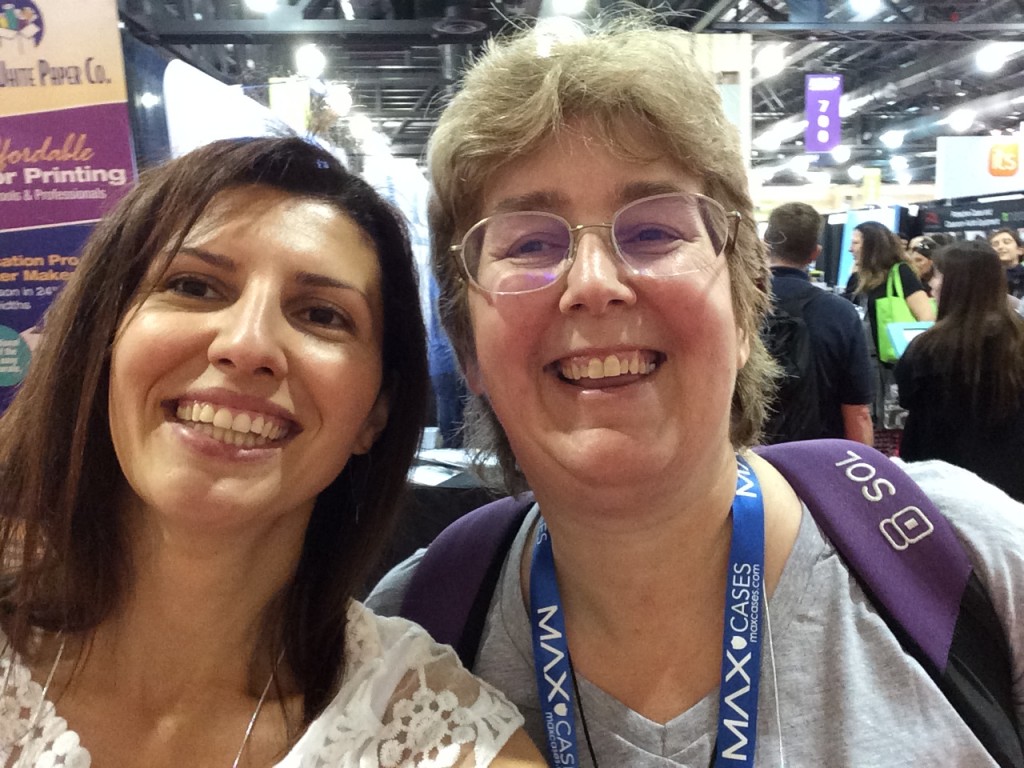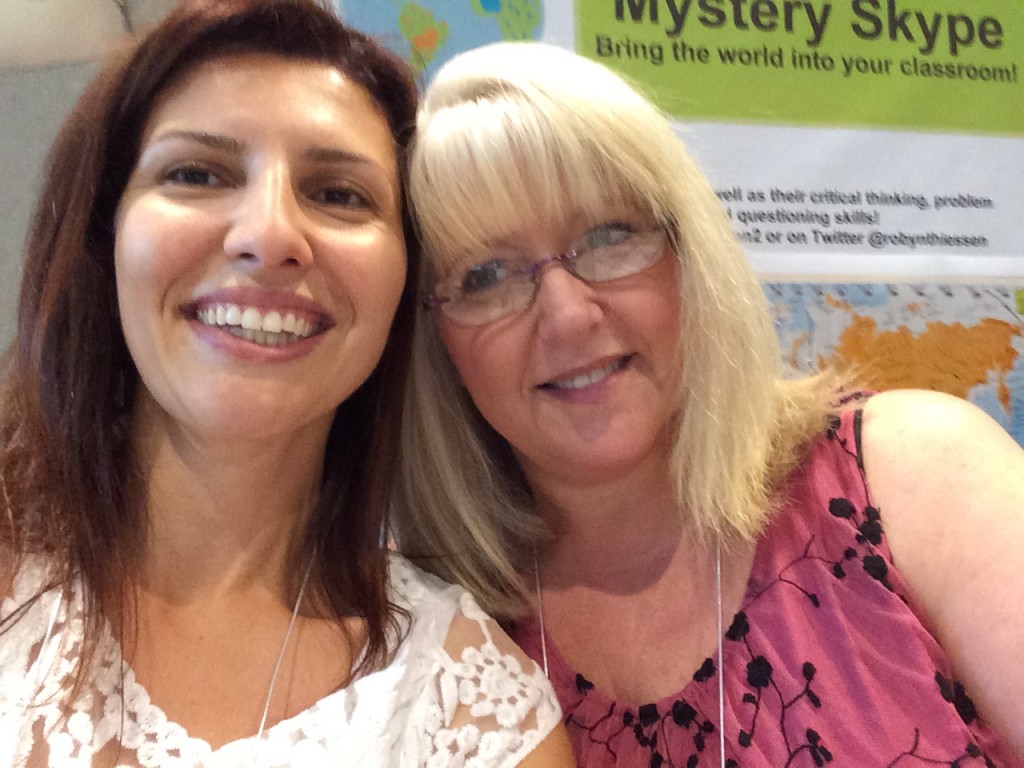I decided to end off the year with students working on Genius Hour projects. The plan was originally to start working on our Genius Hour projects after the Christmas holidays, but with so many other things on the go, we ended up starting our projects in mid-May. My reason to wait until later on in the year was that I wanted students to have some experience with how to develop effective questions, locate information effectively and synthesize information. These are skills that I started working on by using a gradual release of responsibility through various inquiry studies, and they helped my students when it came to working on their Genius Hour projects. To help me to prepare I read: Inquiry and Innovation in the Classroom: Using 20% Time, Genius Hour, and PBL to Drive Student Success by A.J. Juliani. I also checked out the Genius Hour Wiki, which contains a lot of resources that are very useful for teachers.
Introducing Genius Hour to Students
I introduced Genius Hour projects using a variety of texts that I read to the students to inspire them. One of these books was On A Beam of Light by Katherine Berne. I also shared some of my own Genius Hour projects, looked into other students projects and watched some videos to inspire us. I also sent a letter home to parents sharing with them what Genius Hour involves with examples of projects, based on a sample letter in Juliani’s book.
To begin the process of Genius Hour with my grade 3 students, I had the students write a journal entry about the questions they had in mind for their projects and what areas they were interested in learning more about. I also offered students the opportunity to create or make something like a prototype or learn about how something is made in order to bring in elements of maker education into our classroom. At this point I met with some students to discuss their questions.
Students used their own devices as well as school devices to locate and perform research as well as make notes. Some students preferred to use paper and a pencil, other students used the school computers and programs like Word Online, while other students used to make notes on their devices. Examples of projects included “How are submarines made?” “What do I need to learn to create my own cookbook and restaurant?” “How can I become a writer?” One student who is very passionate about dance made her own instructional dance video and learned what she would need to do to become a dance instructor.
Although Genius Hour Projects are usually an hour a week, as the year was quickly drawing to a close it became Genius Hour every day, as well as some half days at times in order for students to have enough time to work. Some students never fully realized the goals they had made, but I encouraged them to continue to learn and add to their projects over the summer reminding them that “we never stop learning!” Students shared their projects in a variety of ways, including presentations, models and reports. Some of my students even shared their learning through Skype calls. In addition, I decided to assess the projects strictly on descriptive and specific feedback both written and oral, as opposed to assigning a mark. The students really enjoyed the process of Genius Hour and it is definitely something I will try again next year. 

